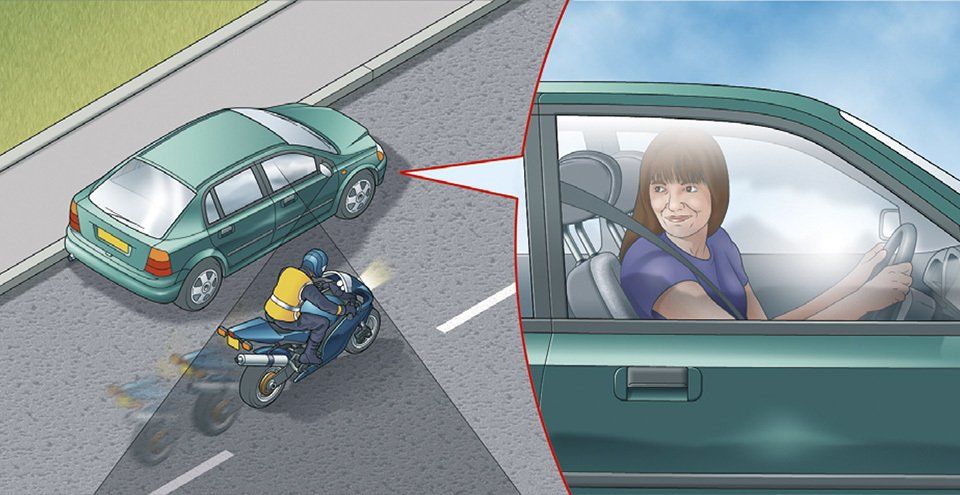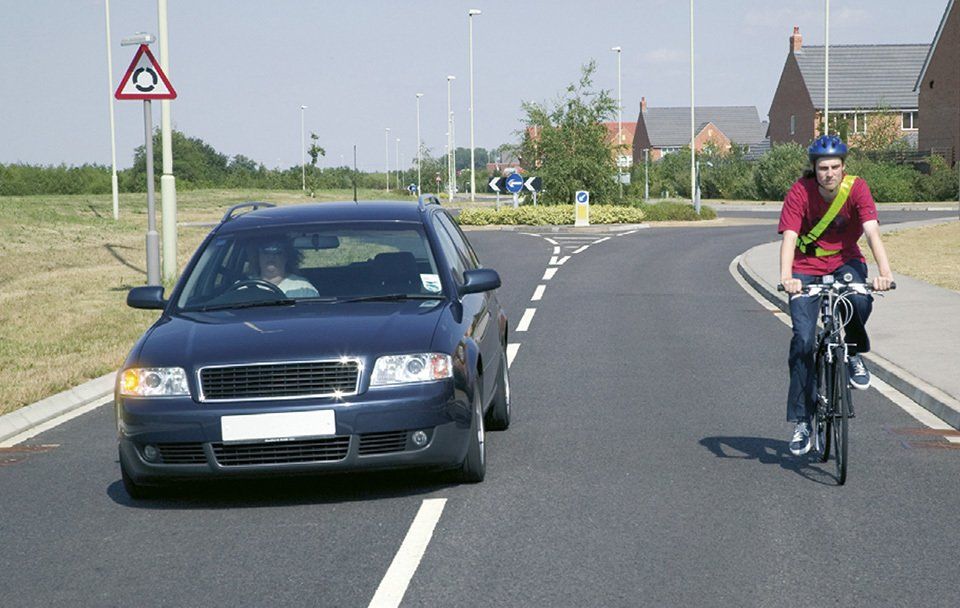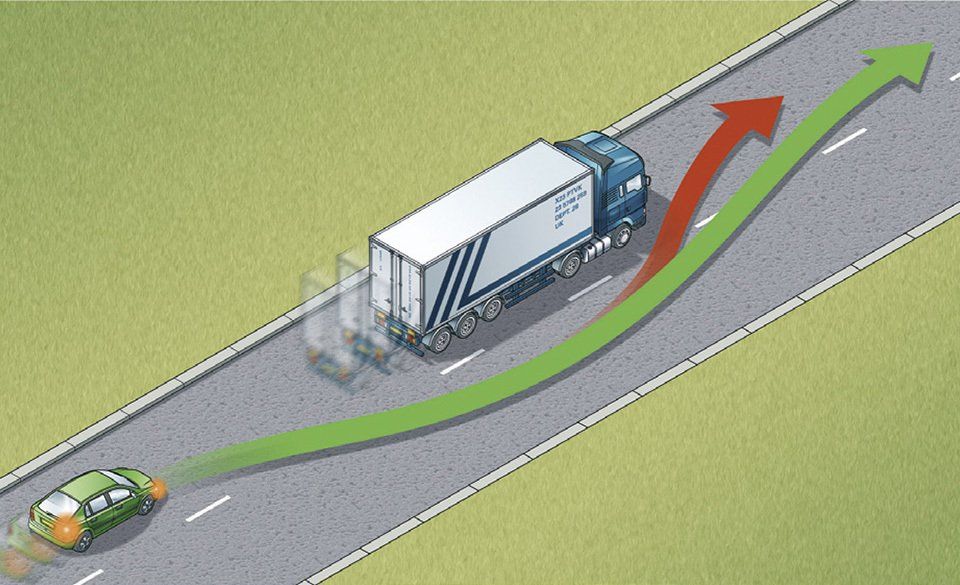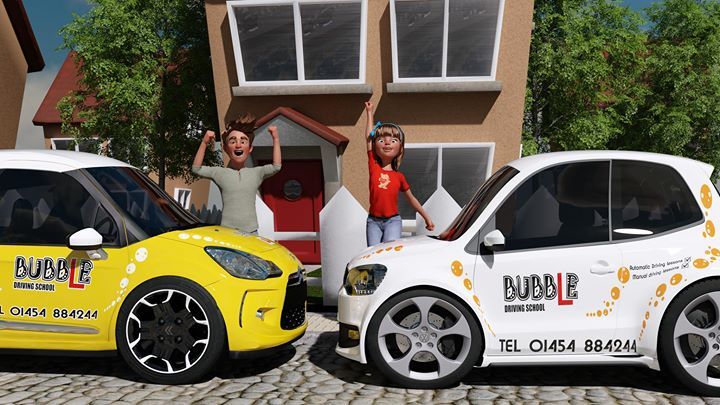Limited lessons available
Rules 159-169
Part 1
Rules for using the road, including general rules, overtaking, road junctions, roundabouts, pedestrian crossings and reversing.
The highway code can be bought in shops and online, as well as a free version on the UK goverments website, click here to access the free to use highway code.
And for people wanting a more visual highway code or those who struggle with the technical talk, the Colour Book Academy offer a great new highway code, that allows you to colour in but every rule of the highway code is explained with diagrams and scenario's for each and every rule, this is a great resource for those wanting something abit more fun with learning. Click here to order yours today.
Check out our other blogs
Rule 159
Before moving off you should
- use all mirrors to check the road is clear
- look round to check the blind spots (the areas you are unable to see in the mirrors)
- signal if necessary before moving out
- look round for a final check.
Move off only when it is safe to do so.
Rule 160
Once moving you should
- keep to the left, unless road signs or markings indicate otherwise. The exceptions are when you want to overtake, turn right or pass parked vehicles or pedestrians in the road
- keep well to the left on right-hand bends. This will improve your view of the road and help avoid the risk of colliding with traffic approaching from the opposite direction
- drive or ride with both hands on the wheel or handlebars where possible. This will help you to remain in full control of the vehicle at all times. You may use driver assistance systems while you are driving. Make sure you use any system according to the manufacturer’s instructions.
- be aware of other road users, especially cycles and motorcycles who may be filtering through the traffic. These are more difficult to see than larger vehicles and their riders are particularly vulnerable. Give them plenty of room, especially if you are driving a long vehicle or towing a trailer
- select a lower gear before you reach a long downhill slope. This will help to control your speed
- when towing, remember the extra length will affect overtaking and manoeuvring. The extra weight will also affect the braking and acceleration.
Rule 161
Mirrors. All mirrors should be used effectively throughout your journey. You should
- use your mirrors frequently so that you always know what is behind and to each side of you
- use them in good time before you signal or change direction or speed
- be aware that mirrors do not cover all areas and there will be blind spots. You will need to look round and check.
Remember: Mirrors – Signal – Manoeuvre
Overtaking
Rule 162
Before overtaking you should make sure
- the road is sufficiently clear ahead
- road users are not beginning to overtake you
- there is a suitable gap in front of the road user you plan to overtake.
Rule 163
Overtake only when it is safe and legal to do so. You should
- not get too close to the vehicle you intend to overtake
- use your mirrors, signal when it is safe to do so, take a quick sideways glance if necessary into the blind spot area and then start to move out
- not assume that you can simply follow a vehicle ahead which is overtaking; there may only be enough room for one vehicle
- move quickly past the vehicle you are overtaking, once you have started to overtake. Allow plenty of room. Move back to the left as soon as you can but do not cut in
- take extra care at night and in poor visibility when it is harder to judge speed and distance
- give way to oncoming vehicles before passing parked vehicles or other obstructions on your side of the road
- only overtake on the left if the vehicle in front is signalling to turn right, and there is room to do so
- stay in your lane if traffic is moving slowly in queues. If the queue on your right is moving more slowly than you are, you may pass on the left
- give motorcyclists, cyclists and horse riders at least as much room as you would when overtaking a car (see Rules 211 to 215).
Rule 164
Large vehicles. Overtaking these is more difficult. You should
- drop back. This will increase your ability to see ahead and should allow the driver of the large vehicle to see you in their mirrors. Getting too close to large vehicles, including agricultural vehicles such as a tractor with a trailer or other fixed equipment, will obscure your view of the road ahead and there may be another slow-moving vehicle in front
- make sure that you have enough room to complete your overtaking manoeuvre before committing yourself. It takes longer to pass a large vehicle. If in doubt do not overtake
- not assume you can follow a vehicle ahead which is overtaking a long vehicle. If a problem develops, they may abort overtaking and pull back in
Rule 165
You MUST NOT overtake
- if you would have to cross or straddle double white lines with a solid line nearest to you (but see Rule 129)
- if you would have to enter an area designed to divide traffic, if it is surrounded by a solid white line
- the nearest vehicle to a pedestrian crossing, especially when it has stopped to let pedestrians cross
- if you would have to enter a lane reserved for buses, trams or cycles during its hours of operation
- after a ‘No Overtaking’ sign and until you pass a sign cancelling the restriction.
Laws RTA 1988 sect 36, TSRGD regs 10, 22, 23 & 24, & ZPPPCRGD reg 24
Rule 166
DO NOT overtake if there is any doubt, or where you cannot see far enough ahead to be sure it is safe. For example, when you are approaching
- a corner or bend
- a hump bridge
- the brow of a hill.
Rule 167
DO NOT overtake where you might come into conflict with other road users. For example
- approaching or at a road junction on either side of the road
- where the road narrows
- when approaching a school crossing patrol
- between the kerb and a bus or tram when it is at a stop
- where traffic is queuing at junctions or road works
- when you would force another road user to swerve or slow down
- at a level crossing
- when a road user is indicating right, even if you believe the signal should have been cancelled. Do not take a risk; wait for the signal to be cancelled
- stay behind if you are following a cyclist approaching a roundabout or junction, and you intend to turn left
- when a tram is standing at a kerbside tram stop and there is no clearly marked passing lane for other traffic.
Rule 168
Being overtaken. If a driver is trying to overtake you, maintain a steady course and speed, slowing down if necessary to let the vehicle pass. Never obstruct drivers who wish to pass. Speeding up or driving unpredictably while someone is overtaking you is dangerous. Drop back to maintain a two-second gap if someone overtakes and pulls into the gap in front of you.
Rule 169
Do not hold up a long queue of traffic, especially if you are driving a large or slow-moving vehicle. Check your mirrors frequently, and if necessary, pull in where it is safe and let traffic pass.
Check back Friday for our next part in our series.
The highway code printed is from the uk goverment website and under its open goverment licence, allows anyone to copy and share the code.








